WWF: Virtual reality tiger experience
- Exhibited by
- Casper Harratt, Head of Marketing, Blackbaud Europe
- Added
- February 02, 2017
- Medium of Communication
- Face-to-Face, Experiential
- Target Audience
- Individuals
- Type of Charity
- Animals, Conservation, Environment
- Country of Origin
- UK
- Date of first appearance
- July 2016
SOFII’s view
Experiential marketing is being used increasingly by charities to break through a saturated marketplace. This is a creative use of virtual reality technology to increase face-to-face donor recruitment supported by social media. We applaud this fun way of engaging supporters and recruiting new donors.
Summary / objectives
WWF UK wanted to create a campaign that would cut through the noise of a crowded fundraising market, whilst also trying to bring the real impact of their tiger conservation work (which takes place a long way from the UK) to potential new UK supporters. The call to action was to sign up to adopt a tiger.
Background
Over the past 100 years, the number of wild tigers plummeted by around 95 per cent – to as few as to 3,200. In 2016 that figure was revised to 3,890, the first time in tiger conservation history that global numbers have increased*. However, tigers remain endangered and highly threatened across their range, especially in Southeast Asia. WWF UK is part of a global campaign to double tiger numbers.
WWF UK wanted to find a memorable and emotive way to raise awareness of the threats these impressive animals face in the wild and to bring supporters closer to their work, but it isn’t easy or safe to get close to tigers in the wild. WWF also wanted to combat the public's negative perception of face-to-face fundraising and to take a more holistic approach to fundraising, while moving away from the more negative aspects of some sales-driven approaches in the market. However, you can't take all your supporters to the wild or have a wild tiger in a public place so what was the solution? Bring digital Bengal tigers to supporters with a 360° virtual reality video.
A pop-up artificial rainforest was set up in Westfield shopping centres in London as part of WWF's Tiger Experience. The experience comprises a guide through the animals’ shrinking global habitats with a ‘ranger’ – a fully trained brand ambassador – and ends with a virtual-reality trip through the Nepalese jungle to come face to face with tigers. Consumers can then share a photo-booth picture with the hashtag #ThumbsUpForTigers, before being encouraged to sign up to adopt a tiger.
*Update: by 2024, the number of tigers in the wild is about 5,574.
Results
WWF attracted an average of 16 new donors a day during the Tiger Experience, a 50 per cent increase on the 11 it normally signs up in two weeks. The average direct debit values remained static at about £7 a month. About 5,000 shoppers experienced the tiger exhibit and 12,000 participant photos were taken.
Merits
I’ve rarely seen a fundraising campaign that brings the consumer so close to the cause in such a meaningful way, whilst still being able to amplify the effect and investment in the activity. In a world of content saturation, this is the kind of thing that is needed to stand out and cut through the noise.
This kind of experiential marketing offers up longer engagement time and stronger touch points than the traditional fundraiser-plus-clipboard street activity.
Creator / originator
WWF UK and BEcause
Influence / impact
WWF UK amplified the experiential marketing in two ways – firstly by making the stand modular so they could break it up and take it to several locations at once and, secondly, by encouraging social sharing through the photo-booth picture.
This use of virtual reality (VR) could also give charities access to private sites previously closed for fundraising. Some shopping centres have banned face-to-face fundraising believing it irritates people, but they may be willing to work with organisations doing experiential marketing because it draws customers in.
The video is still available on WWF's YouTube channel and can be watched with a VR app on your smartphone or via a VR device.
Other relevant information
This case study was presented by Casper Harratt, Head of Marketing at Blackbaud Europe, at I Wish I'd Thought Of That (IWITOT) London 2016.
 View original image
View original image
 View original image
View original image
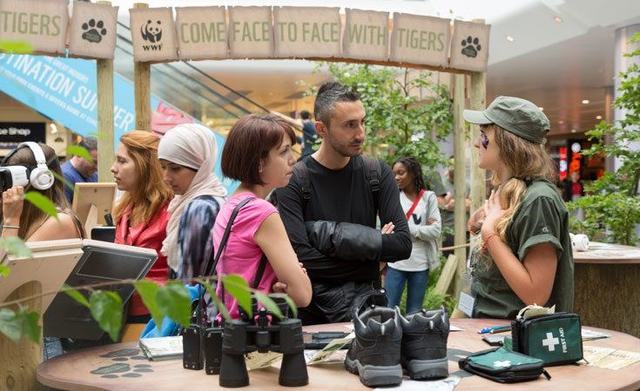 View original image
View original image
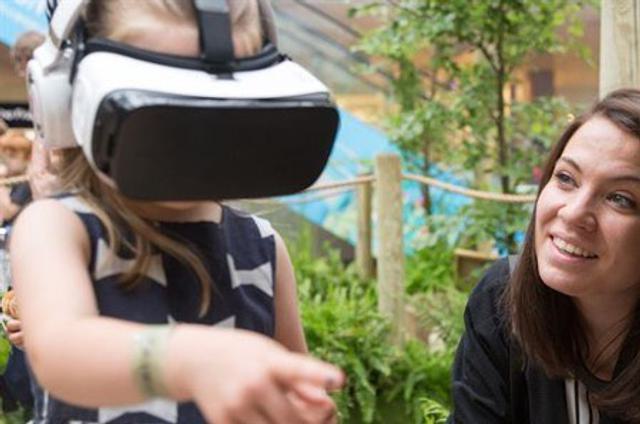 View original image
View original image
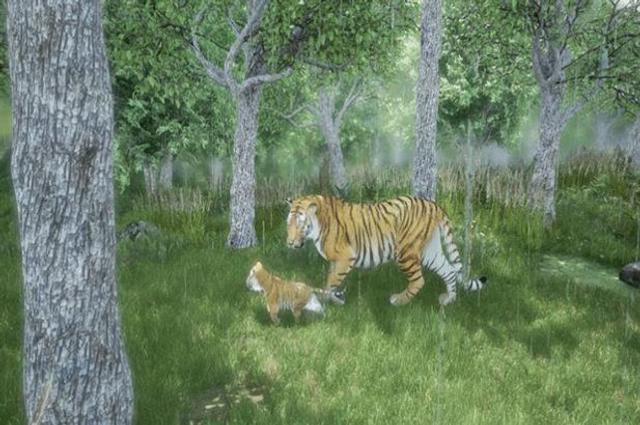 View original image
View original image
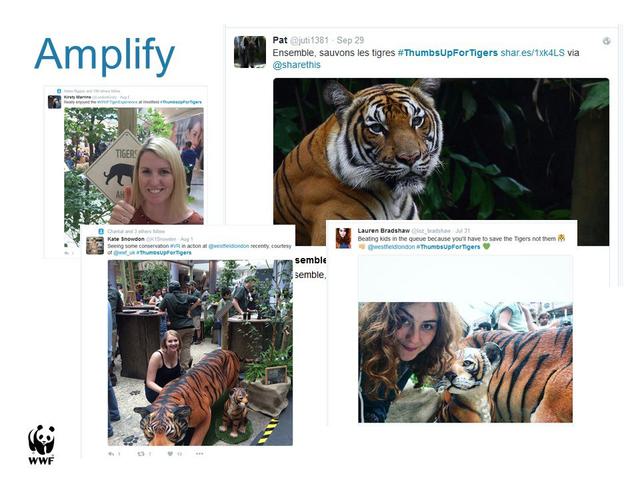 View original image
View original image
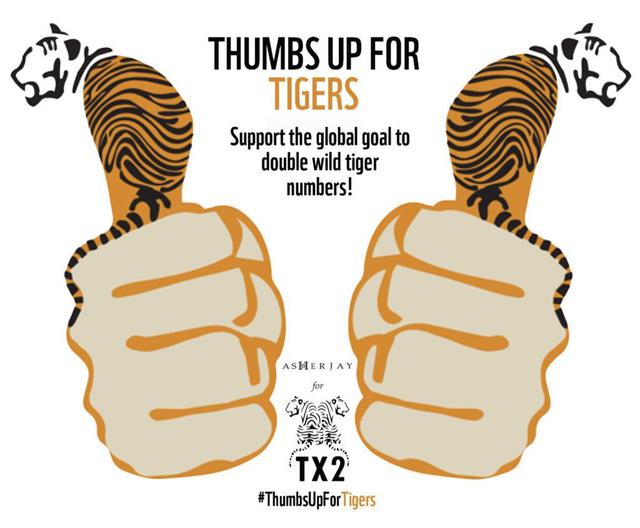 View original image
View original image
Also in Categories
-
- Individual donors
















